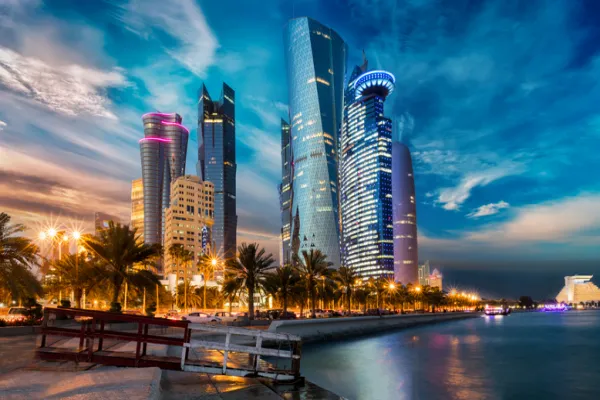The chief executives of three financial powerhouses have called for greater private capital allocation to infrastructure amid a potential golden age for the asset class, arguing that public investment is insufficient to keep up with demand.
Much of this need is driven by massive AI adoption and digitalization generally, which has rapidly increased the need for energy production, transition, and security, as well as global plans to increase renewable energy sources. Large-scale macro plans to foster data center growth, for example, will require huge amounts of capital at a time where public sources are constrained amid geopolitical turmoil and volatile market conditions, making the private sector the only realistic solution.
Bruce Flatt, CEO of Brookfield, which reports $220 billion in infrastructure AUM, said that “the real problem we have is that we can’t build the power fast enough.”
“You need to find the land, you need to connect it to the grid, you need to build the power, you need to build the data center, you need to put the computational power inside,” he said, speaking at the Bloomberg Philanthropies Global Forum last week in New York. “This is an enormous, enormous effort to build the backbone for artificial intelligence.”
Artificial intelligence is only in its first inning, he added, and the big impediment is not chips or models — it’s power and data centers. “We are talking about five to 10 trillion dollars, sums that have never been invested before.”
He compared the evolution to that of the development of railways and roadways in previous centuries, but happening simultaneously across almost every country in the world, given that AI is on course to be a pillar of business everywhere.
Before the recent surge in AI, power usage was essentially flat for many years, but production means were still being built. Over the course of the next decade, the need for power on every grid in the world is going to double. According to Flatt, “the opportunities in building power are endless, and if you know how to do it, the opportunities are very significant.”
Room for Growth
Shemara Wikramanayake, managing director and CEO, Macquarie Group, added that it is also a huge opportunity for investors to deploy money from under allocated pools of savings capital.
“I’m not just talking about institutional money; we’ve also got a few hundred trillion of money out there that has very low exposure to this asset class, which logically fits with a lot of the liability profile of the people who are managing these pools,” she said. “In the U.S. more than half the wealth is in private capital through things like 401ks, so talking about having access to more of these liquid asset classes and private markets fits well.”
She said that pension funds in countries like Canada and Australia have around a 15 percent allocation to infrastructure, whereas in the U.S. the number is closer to 2 percent.
“It’s an asset class where it makes sense for the holders of those pools of capital. That's why I think it’s a great thing that so many other managers are coming into the asset space. Diversification and scale is going to grow on both sides.”
Despite this growth and potential, infrastructure does remain a relatively young asset class. Adebayo Ogunlesi, chairman and CEO at Global Infrastructure Partners, noted that when his firm formed 20 years ago there was only around $15 billion managed by infrastructure managers. That number has risen above a trillion dollars today, he added.
“What is there not to like about an asset class that gives you the same yield but is uncorrelated to other asset classes, gives you capital appreciation, and gives you inflation protection?” he said. “If anybody here manages money and not infrastructure, you’re doing something wrong.”
However, Ogunlesi added that the biggest obstacle to greater infrastructure development is regulation, with red tape slowing down projects across major jurisdictions including the U.S. and the E.U. “We are hearing noises from the E.U. that they are streamlining the process for getting these things done, but if that doesn't change, how are we going to build all this power generation? How will we operate the transmission system that’s going to support the construction of data centers?"







